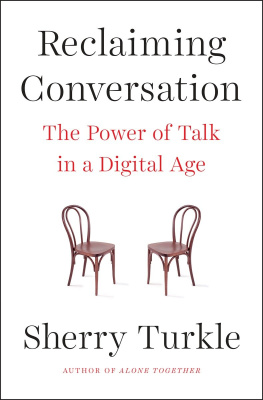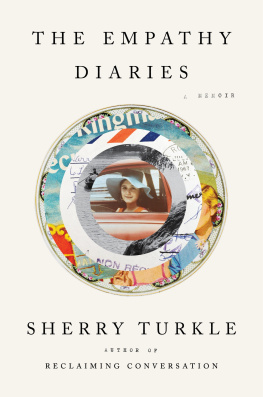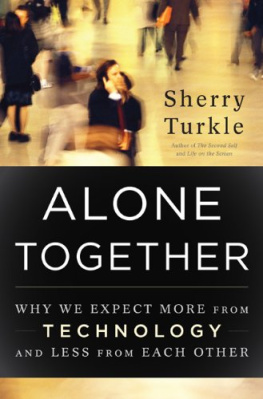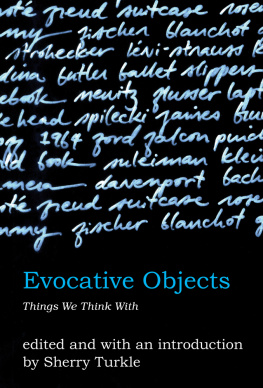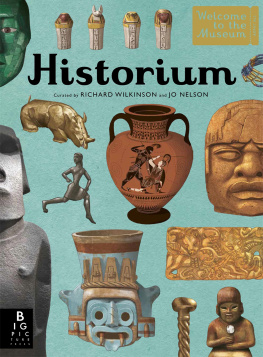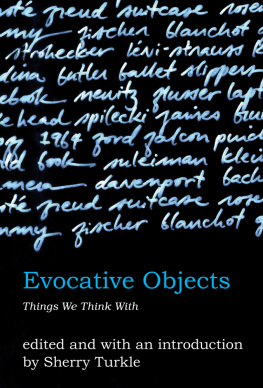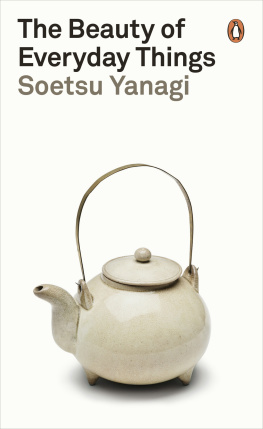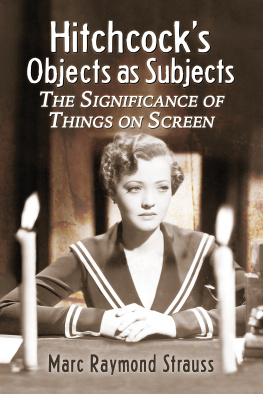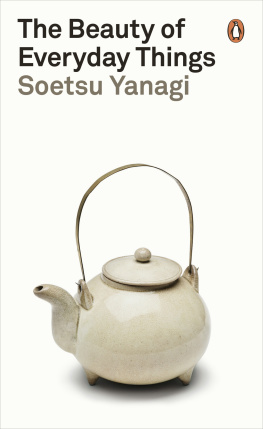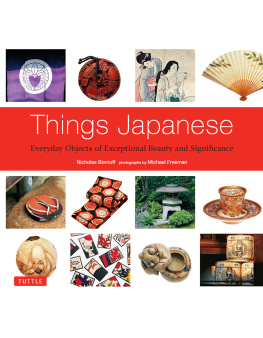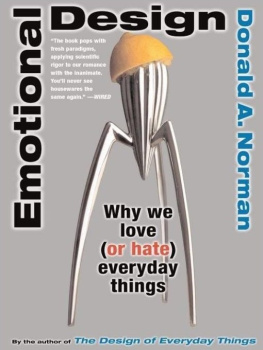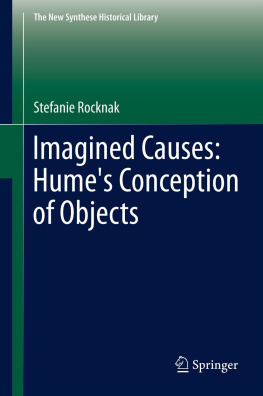Sherry Turkle - Evocative Objects: Things We Think With
Here you can read online Sherry Turkle - Evocative Objects: Things We Think With full text of the book (entire story) in english for free. Download pdf and epub, get meaning, cover and reviews about this ebook. year: 2007, publisher: The MIT Press, genre: Home and family. Description of the work, (preface) as well as reviews are available. Best literature library LitArk.com created for fans of good reading and offers a wide selection of genres:
Romance novel
Science fiction
Adventure
Detective
Science
History
Home and family
Prose
Art
Politics
Computer
Non-fiction
Religion
Business
Children
Humor
Choose a favorite category and find really read worthwhile books. Enjoy immersion in the world of imagination, feel the emotions of the characters or learn something new for yourself, make an fascinating discovery.
- Book:Evocative Objects: Things We Think With
- Author:
- Publisher:The MIT Press
- Genre:
- Year:2007
- Rating:4 / 5
- Favourites:Add to favourites
- Your mark:
Evocative Objects: Things We Think With: summary, description and annotation
We offer to read an annotation, description, summary or preface (depends on what the author of the book "Evocative Objects: Things We Think With" wrote himself). If you haven't found the necessary information about the book — write in the comments, we will try to find it.
For Sherry Turkle, We think with the objects we love; we love the objects we think with. In Evocative Objects, Turkle collects writings by scientists, humanists, artists, and designers that trace the power of everyday things. These essays reveal objects as emotional and intellectual companions that anchor memory, sustain relationships, and provoke new ideas.These days, scholars show new interest in the importance of the concrete. This volumes special contribution is its focus on everyday riches: the simplest of objects--an apple, a datebook, a laptop computer--are shown to bring philosophy down to earth. The poet contends, No ideas but in things. The notion of evocative objects goes further: objects carry both ideas and passions. In our relations to things, thought and feeling are inseparable.Whether its a students beloved 1964 Ford Falcon (left behind for a station wagon and motherhood), or a cello that inspires a meditation on fatherhood, the intimate objects in this collection are used to reflect on larger themes--the role of objects in design and play, discipline and desire, history and exchange, mourning and memory, transition and passage, meditation and new vision.In the interest of enriching these connections, Turkle pairs each autobiographical essay with a text from philosophy, history, literature, or theory, creating juxtapositions at once playful and profound. So we have Howard Gardners keyboards and Lev Vygotskys hobbyhorses; William Mitchells Melbourne train and Roland Barthes pleasures of text; Joseph Cevetellos glucometer and Donna Haraways cyborgs. Each essay is framed by images that are themselves evocative. Essays by Turkle begin and end the collection, inviting us to look more closely at the everyday objects of our lives, the familiar objects that drive our routines, hold our affections, and open out our world in unexpected ways.
Sherry Turkle: author's other books
Who wrote Evocative Objects: Things We Think With? Find out the surname, the name of the author of the book and a list of all author's works by series.


